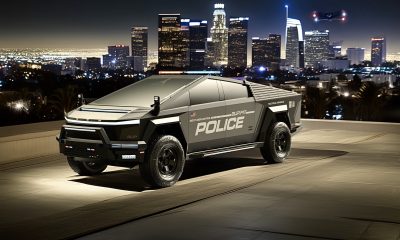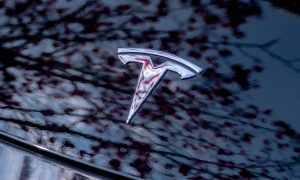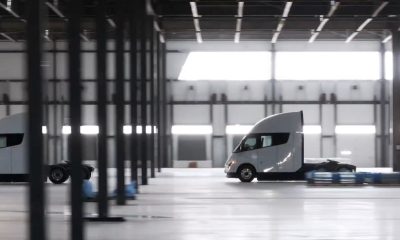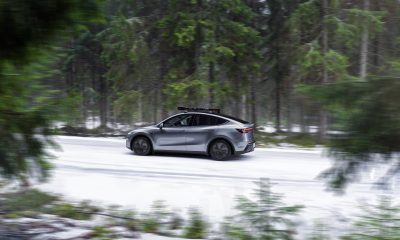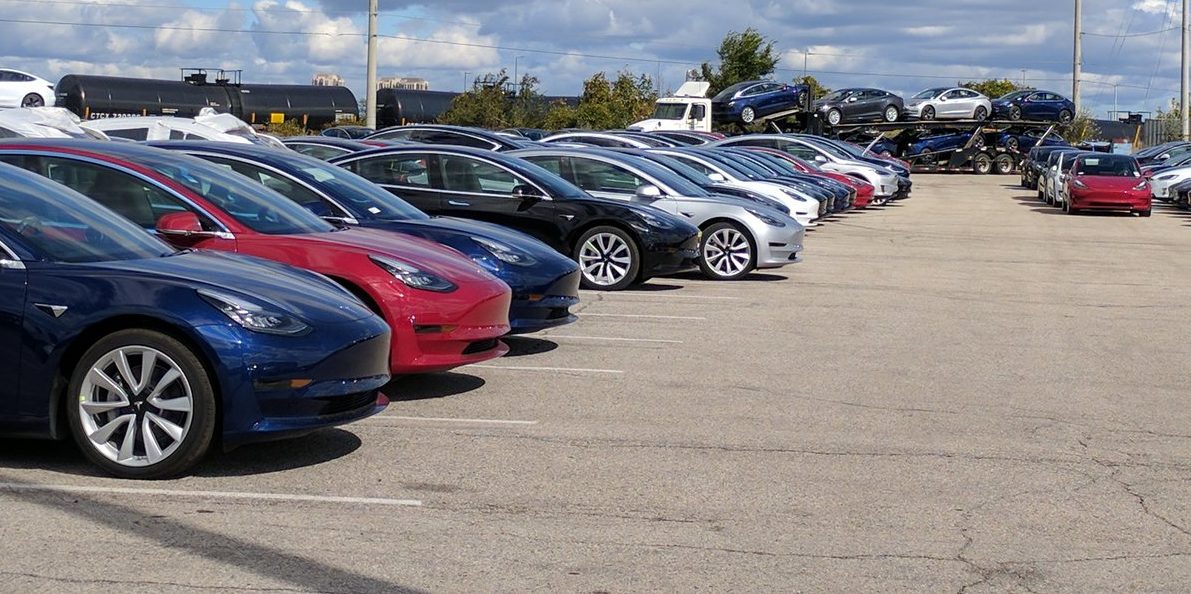

Investor's Corner
Tesla’s more experienced rivals in the US auto market are feeling the Model 3’s presence
When Elon Musk wrote about his secret Master Plan in 2006, he envisioned a reasonably-priced electric vehicle that can take on the best-selling fossil fuel-powered cars in the market. It took years, but the electric car that Musk mentioned 12 years ago is here, and it’s called the Tesla Model 3.
The Model 3 is Tesla’s first attempt at creating a mass-market car. The company’s vehicles prior to the Model 3 — the Model S and Model X — sold well, but they were premium vehicles that compete in the luxury segment. The Model 3 was designed to be something else. It was an electric car designed to provide a viable and superior alternative to fossil fuel-powered automobiles. The Model 3 is even priced aggressively, starting at $35,000, or roughly the price of a top-tier Toyota Camry.
Tesla’s ramp of the Model 3 was not easy. In an interview earlier this year, Elon Musk described the past 12 months, much of which was spent ramping the electric sedan’s production, as one of the most painful and difficult years of his career. As Tesla released its Q3 production and delivery numbers, though, it appeared that the electric car maker has finally left Elon Musk’s self-dubbed “production hell.” Tesla produced a total of 80,142 electric cars in Q3, 53,239 of which were Model 3. Deliveries totaled 83,500 vehicles, which included 55,840 Model 3.
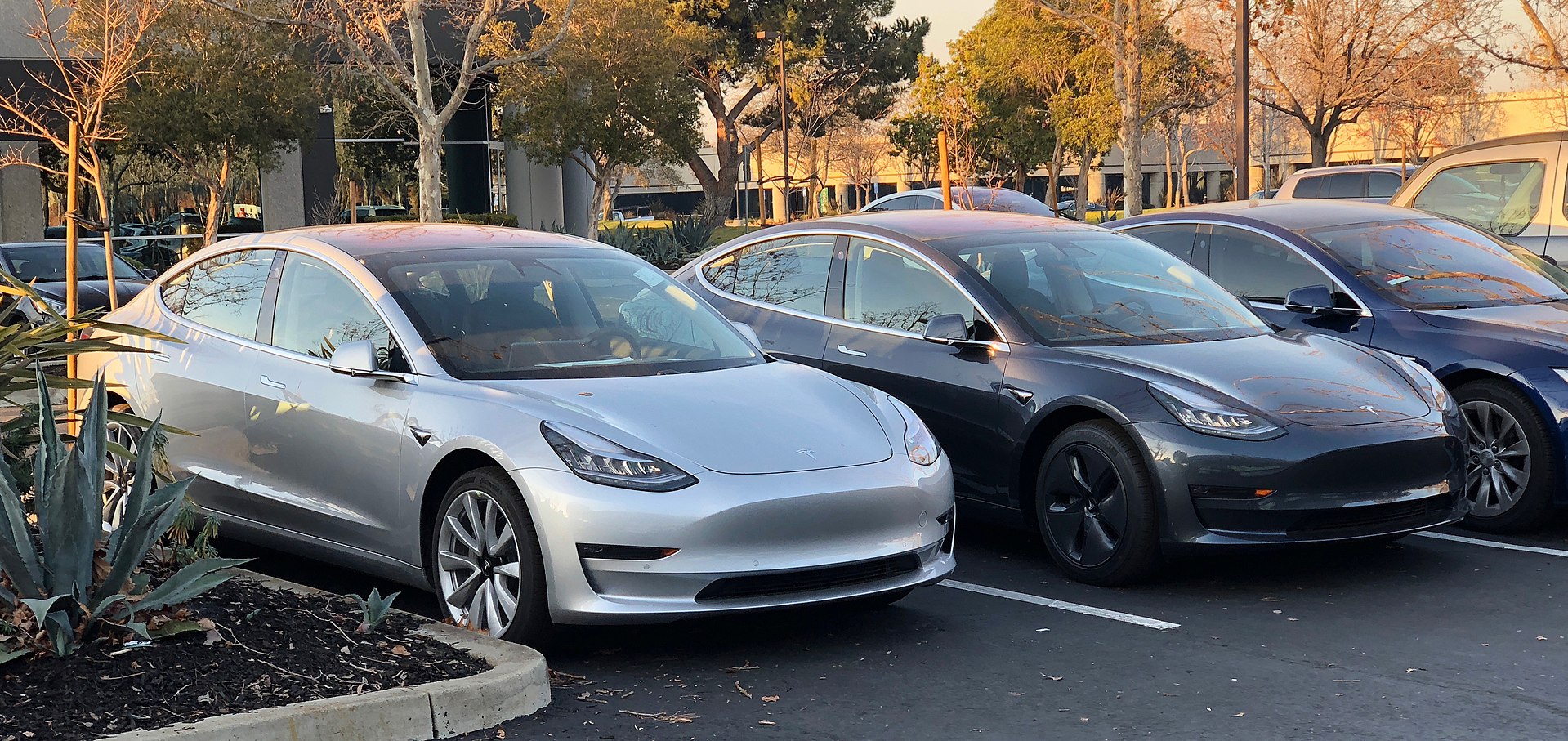
There is no denying that Tesla’s production and delivery figures for the Model 3 in Q3 were encouraging. Tesla has not revealed the monthly sales figures of the Model 3 yet, but early estimates of the electric car’s sales in September point to more than 22,000 units being delivered during the month. This particular number is just an estimate, but the rest of the US auto market, including some of the auto industry’s most respected brands, are starting to feel the presence of the Model 3.
One of these carmakers is BMW AG. In a statement to Bloomberg, Bernhard Kuhnt, Chief Executive Officer of BMW North America, acknowledged Tesla’s increasing presence in the auto market. BMW was among the carmakers that saw a small gain in September, though its 1.3% rise was primarily due to the strength of the BMW X3, a crossover SUV that would eventually be challenged by Tesla’s upcoming Model Y. With the Tesla Model 3, BMW’s passenger cars such as the 3-Series and the 5-Series are seeing intense competition.
“Tesla is now ramping up their volumes, and it’s putting pressure on that market segment. In that environment, I’m very, very pleased to say we were up,” Kuhnt said.
The Model 3’s presence could also be seen in the performance of Mercedes-Benz on September. The legacy carmaker’s deliveries dropped 9.8% overall, and the Mercedes-Benz C-Class, which is among the United States’ best-selling luxury sedans, saw a steep 24% plunge. Lexus, Toyota Motor Corp.’s luxury brand, saw a 6.1% decline in September as well.
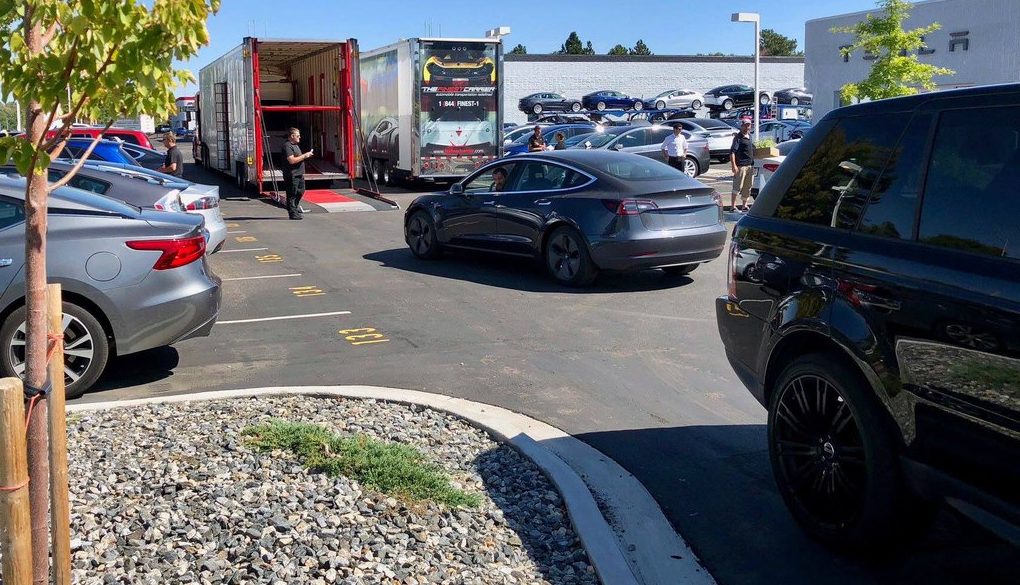
Perhaps most notable, though, was the drop in the sales of a vehicle that is as ubiquitous as they come — the Toyota Corolla Family. Last August, auto sales tracking website GoodCarBadCar listed the Model 3 as the 5th best-selling passenger car in the United States, directly behind the Toyota Camry, Honda Civic, Honda Accord, and the Toyota Corolla Family. Toyota revealed that the Corolla Family sold 20,797 units in September, a ~20% decline over its sales in August, when 26,155 units of the vehicles were sold. If the 22,000-unit estimate for the Model 3’s September sale proves accurate, then Tesla’s first attempt at a mass-market electric car might have just dethroned one of America’s favorite low-cost automobiles.
What is particularly impressive with the Model 3 is that the vehicle is priced higher than its competitors at the top of the passenger car segment. If the Model 3 did beat the Corolla Family’s September sales numbers, it would mean that the electric car, whose selling price currently averages $60,000 (only premium variants are available for now), just outsold a vehicle that tops out at $22,730 (Corolla Family XSE). With Tesla seemingly setting the stage for the $35,000 base Model 3, cars like the Honda Civic and the Toyota Camry could find themselves facing some steep competition.
Things are looking optimistic for Tesla’s next quarters. Gigafactory 1 is set to receive upgraded battery cell production lines from Panasonic, and new Grohmann machines are expected to make module production “three times faster and three times cheaper.” Wall Street analyst Romit Shah from Nomura Instinet also noted that the company’s numbers this past quarter could prove as Tesla’s break-even point. Shah further stated that when Tesla’s deliveries increase to about 100,000 vehicles per quarter, the company could be profitable and sustainable.
Investor's Corner
Tesla could save $2.5B by replacing 10% of staff with Optimus: Morgan Stanley
Jonas assigned each robot a net present value (NPV) of $200,000.
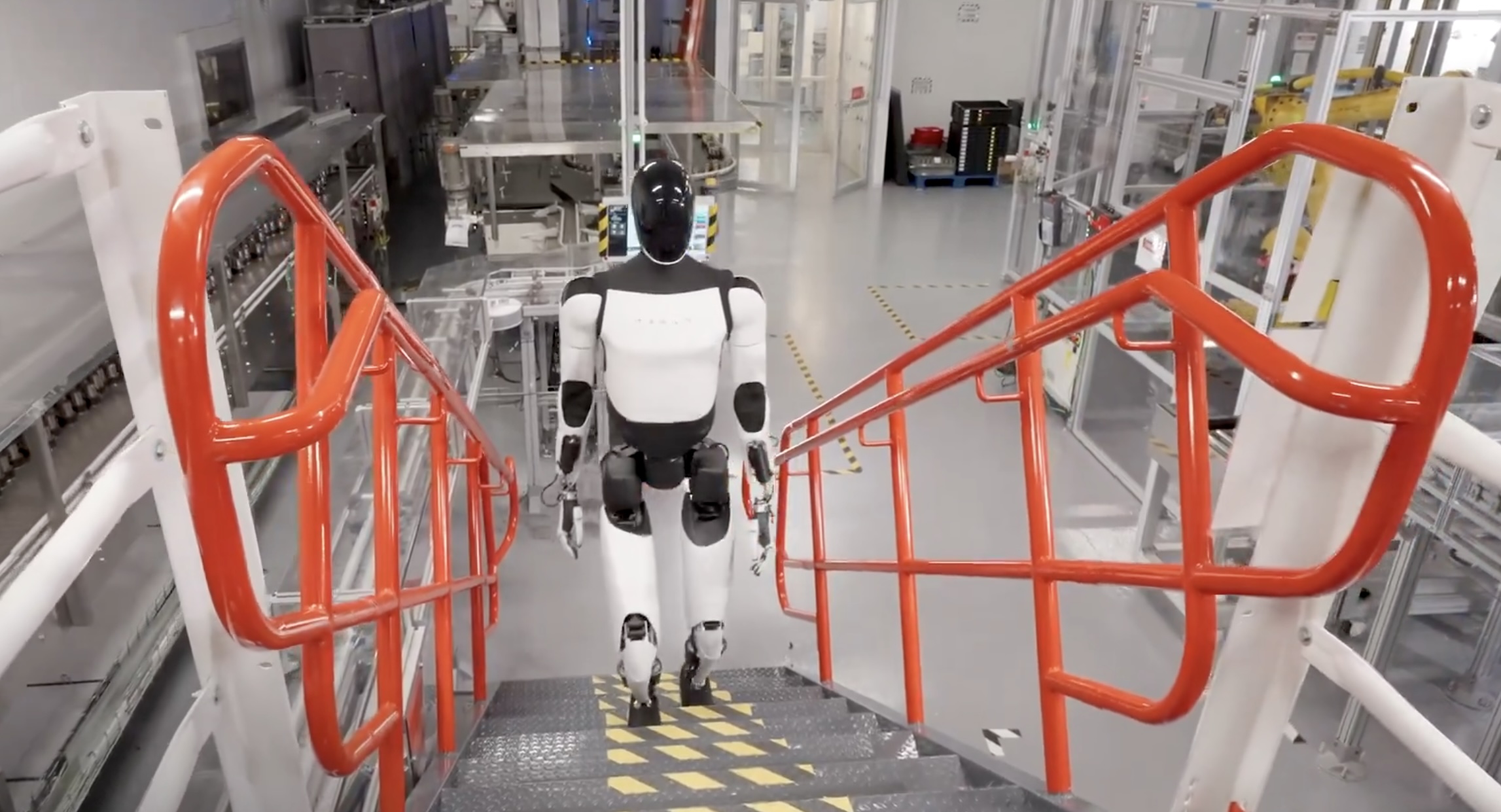
Tesla’s (NASDAQ:TSLA) near-term outlook may be clouded by political controversies and regulatory headwinds, but Morgan Stanley analyst Adam Jonas sees a glimmer of opportunity for the electric vehicle maker.
In a new note, the Morgan Stanley analyst estimated that Tesla could save $2.5 billion by replacing just 10% of its workforce with its Optimus robots, assigning each robot a net present value (NPV) of $200,000.
Morgan Stanley highlights Optimus’ savings potential
Jonas highlighted the potential savings on Tesla’s workforce of 125,665 employees in his note, suggesting that the utilization of Optimus robots could significantly reduce labor costs. The analyst’s note arrived shortly after Tesla reported Q2 2025 deliveries of 384,122 vehicles, which came close to Morgan Stanley’s estimate and slightly under the consensus of 385,086.
“Tesla has 125,665 employees worldwide (year-end 2024). On our calculations, a 10% substitution to humanoid at approximately ($200k NPV/humanoid) could be worth approximately $2.5bn,” Jonas wrote, as noted by Street Insider.
Jonas also issued some caution on Tesla Energy, whose battery storage deployments were flat year over year at 9.6 GWh. Morgan Stanley had expected Tesla Energy to post battery storage deployments of 14 GWh in the second quarter.
Musk’s political ambitions
The backdrop to Jonas’ note included Elon Musk’s involvement in U.S. politics. The Tesla CEO recently floated the idea of launching a new political party, following a poll on X that showed support for the idea. Though a widely circulated FEC filing was labeled false by Musk, the CEO does seem intent on establishing a third political party in the United States.
Jonas cautioned that Musk’s political efforts could divert attention and resources from Tesla’s core operations, adding near-term pressure on TSLA stock. “We believe investors should be prepared for further devotion of resources (financial, time/attention) in the direction of Mr. Musk’s political priorities which may add further near-term pressure to TSLA shares,” Jonas stated.
Investor's Corner
Two Tesla bulls share differing insights on Elon Musk, the Board, and politics
Two noted Tesla bulls have shared differing views on the recent activities of CEO Elon Musk and the company’s leadership.

Two noted Tesla (NASDAQ:TSLA) bulls have shared differing views on the recent activities of CEO Elon Musk and the company’s leadership.
While Wedbush analyst Dan Ives called on Tesla’s board to take concrete steps to ensure Musk remains focused on the EV maker, longtime Tesla supporter Cathie Wood of Ark Invest reaffirmed her confidence in the CEO and the company’s leadership.
Ives warns of distraction risk amid crucial growth phase
In a recent note, Ives stated that Tesla is at a critical point in its history, as the company is transitioning from an EV maker towards an entity that is more focused on autonomous driving and robotics. He then noted that the Board of Directors should “act now” and establish formal boundaries around Musk’s political activities, which could be a headwind on TSLA stock.
Ives laid out a three-point plan that he believes could ensure that the electric vehicle maker is led with proper leadership until the end of the decade. First off, the analyst noted that a new “incentive-driven pay package for Musk as CEO that increases his ownership of Tesla up to ~25% voting power” is necessary. He also stated that the Board should establish clear guidelines for how much time Musk must devote to Tesla operations in order to receive his compensation, and a dedicated oversight committee must be formed to monitor the CEO’s political activities.
Ives, however, highlighted that Tesla should move forward with Musk at its helm. “We urge the Board to act now and move the Tesla story forward with Musk as CEO,” he wrote, reiterating its Outperform rating on Tesla stock and $500 per share price target.
Tesla CEO Elon Musk has responded to Ives’ suggestions with a brief comment on X. “Shut up, Dan,” Musk wrote.
Cathie Wood reiterates trust in Musk and Tesla board
Meanwhile, Ark Investment Management founder Cathie Wood expressed little concern over Musk’s latest controversies. In an interview with Bloomberg Television, Wood said, “We do trust the board and the board’s instincts here and we stay out of politics.” She also noted that Ark has navigated Musk-related headlines since it first invested in Tesla.
Wood also pointed to Musk’s recent move to oversee Tesla’s sales operations in the U.S. and Europe as evidence of his renewed focus in the electric vehicle maker. “When he puts his mind on something, he usually gets the job done,” she said. “So I think he’s much less distracted now than he was, let’s say, in the White House 24/7,” she said.
TSLA stock is down roughly 25% year-to-date but has gained about 19% over the past 12 months, as noted in a StocksTwits report.
Investor's Corner
Cantor Fitzgerald maintains Tesla (TSLA) ‘Overweight’ rating amid Q2 2025 deliveries
Cantor Fitzgerald is holding firm on its bullish stance for the electric vehicle maker.
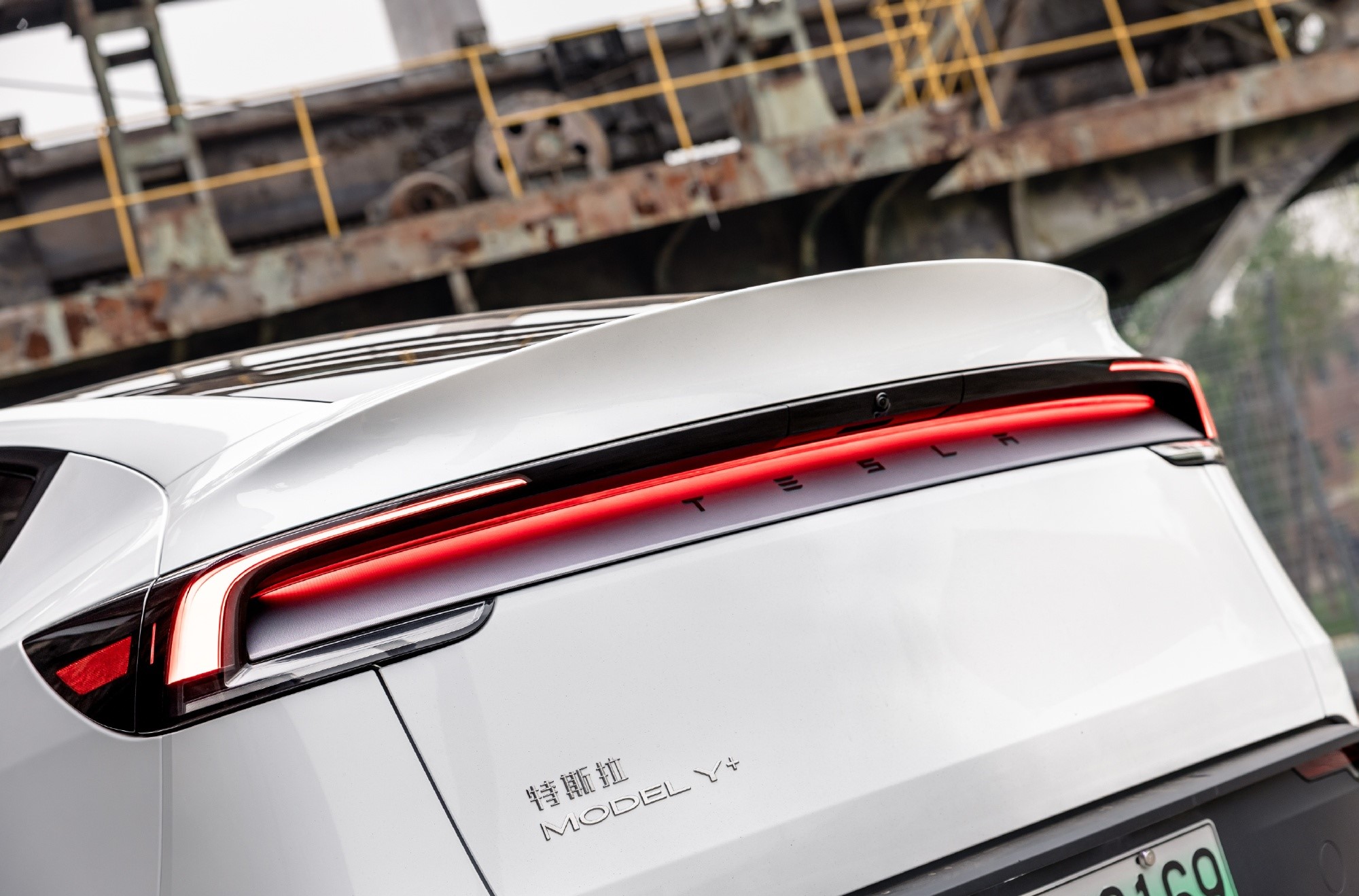
Cantor Fitzgerald is holding firm on its bullish stance for Tesla (NASDAQ: TSLA), reiterating its “Overweight” rating and $355 price target amidst the company’s release of its Q2 2025 vehicle delivery and production report.
Tesla delivered 384,122 vehicles in Q2 2025, falling below last year’s Q2 figure of 443,956 units. Despite softer demand in some countries in Europe and ongoing controversies surrounding CEO Elon Musk, the firm maintained its view that Tesla is a long-term growth story in the EV sector.
Tesla’s Q2 results
Among the 384,122 vehicles that Tesla delivered in the second quarter, 373,728 were Model 3 and Model Y. The remaining 10,394 units were attributed to the Model S, Model X, and Cybertruck. Production was largely flat year-over-year at 410,244 units.
In the energy division, Tesla deployed 9.6 GWh of energy storage in Q2, which was above last year’s 9.4 GWh. Overall, Tesla continues to hold a strong position with $95.7 billion in trailing twelve-month revenue and a 17.7% gross margin, as noted in a report from Investing.com.
Tesla’s stock is still volatile
Tesla’s market cap fell to $941 billion on Monday amid volatility that was likely caused in no small part by CEO Elon Musk’s political posts on X over the weekend. Musk has announced that he is forming the America Party to serve as a third option for voters in the United States, a decision that has earned the ire of U.S. President Donald Trump.
Despite Musk’s controversial nature, some analysts remain bullish on TSLA stock. Apart from Cantor Fitzgerald, Canaccord Genuity also reiterated its “Buy” rating on Tesla shares, with the firm highlighting the company’s positive Q2 vehicle deliveries, which exceeded its expectations by 24,000 units. Cannacord also noted that Tesla remains strong in several markets despite its year-over-year decline in deliveries.
-

 Elon Musk2 weeks ago
Elon Musk2 weeks agoTesla investors will be shocked by Jim Cramer’s latest assessment
-

 Elon Musk2 days ago
Elon Musk2 days agoxAI launches Grok 4 with new $300/month SuperGrok Heavy subscription
-

 Elon Musk5 days ago
Elon Musk5 days agoElon Musk confirms Grok 4 launch on July 9 with livestream event
-

 News1 week ago
News1 week agoTesla Model 3 ranks as the safest new car in Europe for 2025, per Euro NCAP tests
-

 Elon Musk1 week ago
Elon Musk1 week agoxAI’s Memphis data center receives air permit despite community criticism
-

 News2 weeks ago
News2 weeks agoXiaomi CEO congratulates Tesla on first FSD delivery: “We have to continue learning!”
-

 Elon Musk2 weeks ago
Elon Musk2 weeks agoTesla scrambles after Musk sidekick exit, CEO takes over sales
-

 News2 weeks ago
News2 weeks agoTesla sees explosive sales growth in UK, Spain, and Netherlands in June


